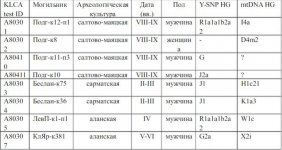Of course originally Latin was spoken just in Latium, by ethnic Latins - one group of whom lived in Rome:
https://en.wikipedia.org/wiki/Latins
https://en.wikipedia.org/wiki/Latins_(Italic_tribe)
But later on, with the expansion of the Roman Empire, it became widespread around the entire Mediterranean Sea.
And only after the fall of Rome, it started to evolve separately into several Romance languages - all descended from Latin.
As long as the Roman Empire was intact, Latin was one language. There were dialects, but mutually intelligible ones.
After the fall of political structures and the breaking of cultural-economic contacts, divergence into many languages started.





